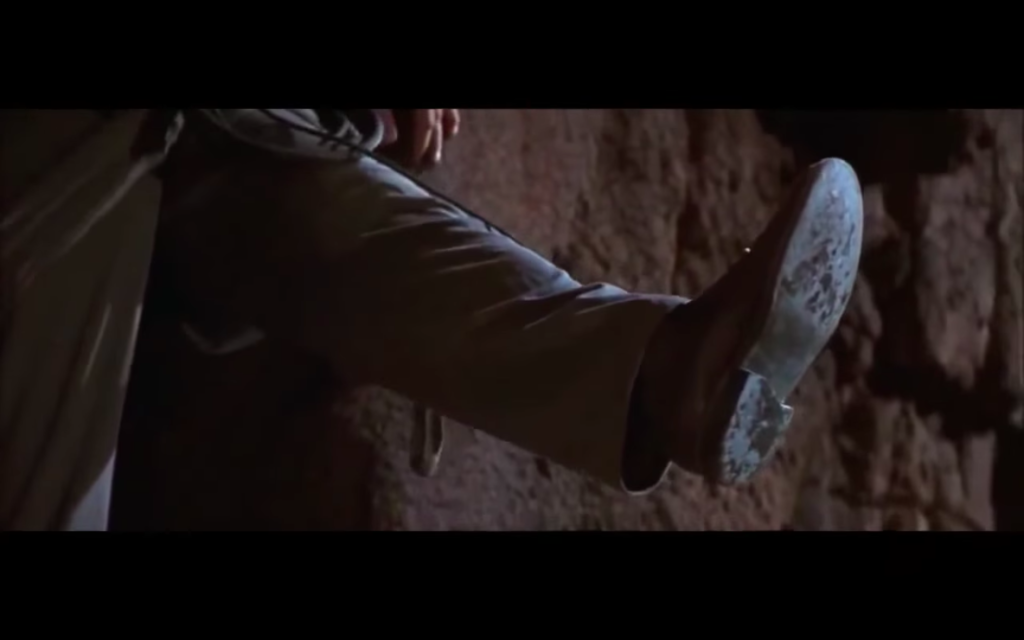Cal Newport, a computer science professor who also writes about productivity, once had an interesting theory about procrastination. In Cal’s own words:
“The evolutionary perspective on procrastination, by contrast, says we delay because our frontal lobe doesn’t see a convincing plan behind our aspiration. The solution, therefore, is not to muster the courage to blindly charge ahead, but to instead accept what our brain is telling us: our plans need more hard work invested before they’re ready.”
(Put simply, we procrastinate when we don’t have a convincing plan.)
When I first read this theory, I thought it was flat-out stupid. I can’t remember why I disliked this idea at first. Nonetheless, it stuck in my mind, and it’s grown on me with time.
That’s because I’ve noticed it’s exactly what’s happening whenever I procrastinate. If I’m ever vague on my strategy for moving forward, I might be able to force myself to move for a while. Pretty soon though, I find I can’t get myself to move at all.
I’ve also noticed the inverse. That is, I’ve noticed that when I improve on my plan, when I clean it up and make it tighter, then suddenly I’m energized to get to work. Seemingly complex problems often resolve themselves simply by writing down what needs to be done, and then putting those tasks in some kind of sensible order.
It’s like a driver in a fog. With nothing to guide him, the driver will eventually slow down and stop, confused and disoriented about where he’s going. However, if there are nice white lines painted on the ground showing where the road goes, he can move forward — slower than in perfect weather, but forward, nonetheless.

Keep your eyes on the lines and you’re fine
Incidentally, this is how I managed to write a 15-page sales letter recently in just a few days. After about a week of research, I wrote an outline, broke it up into sections, arranged the sections into a list of alternately important and easy things to do, and chugged away down the list, without thinking too much along the way.
This is the difference between being fast and not ever finishing. If I had tried to simply sit and write, it wouldn’t have just taken me longer. Odds are, I would have gotten bogged down completely, and not moved past the first two or three pages.

